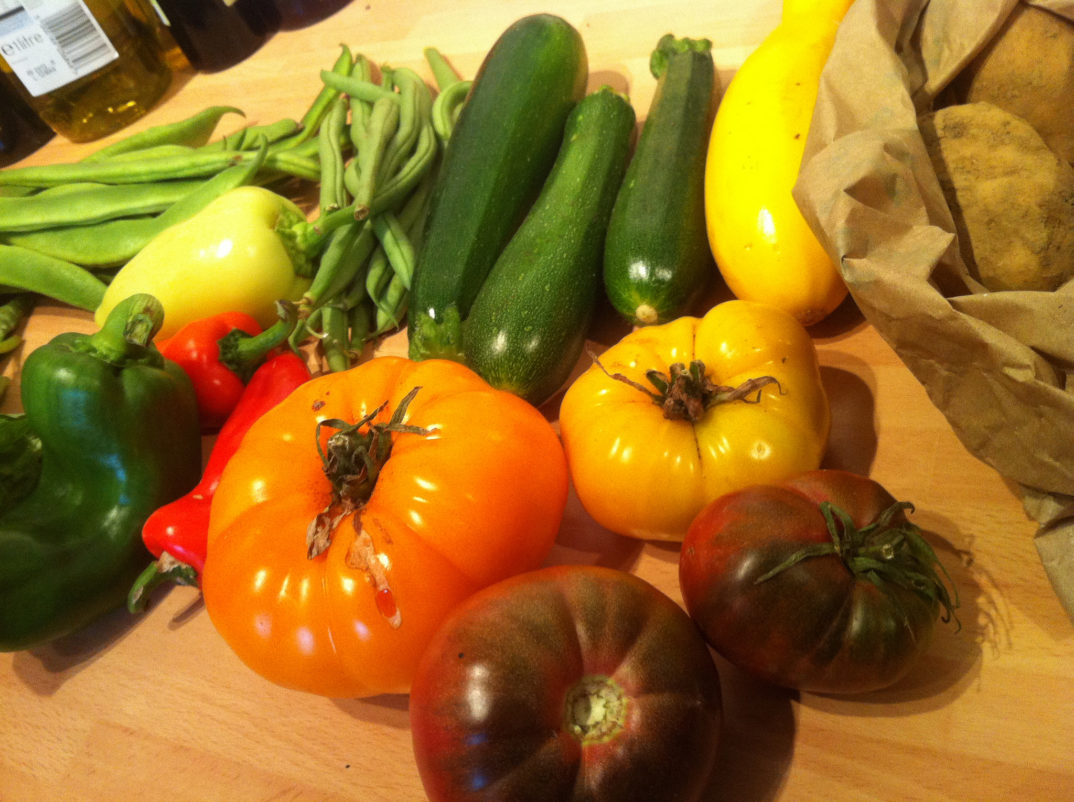The Nutritional Ethics of Hidden Vegetables
As a child, I distinctly remember sitting at my dining room table for hours and hours wishing for the tiny amount of broccoli on my almost empty plate to disappear so I could be excused from the table. If it was up to my picky self, I would have grilled cheese or pizza for every single meal, completely forgoing any sufficiently nutritious food. As for many parents, forcing me to eat fruits and vegetables became a consistent struggle throughout my entire childhood. Covering broccoli with cheese or placing vegetables in a batch of buttered noodles were just a few tactics my parents implemented in order for me to have a balanced diet.
Kraft Foods Inc. is attempting to save parents from the burden and struggle of force feeding fruits and vegetables to their children by sneaking vegetables in popular foods. In Krafts’ new Mac n Cheese, cauliflower is added into the noodle flour, including half a serving of cauliflower in every portion. According to the San Diego Union Tribune, “Kraft freeze-dries cauliflower and pulverizes it into a powder, then uses that powder to replace some of the flour in the pasta.” Kraft Food Inc. increased interest and investment in healthy eating has become a popular trend among many manufacturers that leads to higher profit. Oh Yes! Foods and Unilever’s Ragu pasta sauce have similar impositions. Oh Yes! pizza is made from dehydrated fruits and vegetables, leading to five and half servings in one ten-inch pizza, while Ragu pasta sauce claims two servings of vegetables are found in each half cup of sauce.
According to the Center for Disease Control and Prevention, “9 out of 10 American kids aren’t eating enough vegetables, and 6 out of 10 don’t get enough fruit.” Due to the lack of a balanced diet in children across America, should companies continue sneaking fruits and vegetables into products in order to fulfill children’s’ recommended dietary intake of fruits and vegetables? Leslie Lassiter from the Nashville Scene argues that sprinkling a powder of fruits and vegetables on top of an unhealthy product does not hold the same significance as fresh fruits and vegetables. Once the fruits and vegetables are freeze-dried or dehydrated, they lose a significant amount of their nutritional value. The water and fiber from fresh products slows down the digestive process.
Secondly, Marion Nestle, an NYU professor, points out the detrimental effects of being dishonest with children’s eating habits. Lying to children about their foods causes them to be suspicious and reluctant in trying new foods. Lastly, adding fruits and vegetables to popular foods takes away the lesson and habits of eating healthfully. Sally Kuzemchak states the concern of portraying a mixed message to children. It’s like telling them, “this pizza is unhealthy but this pizza is healthy.” Adding fruits and vegetables completely disregards a child forced to eat his fruits and vegetables.
Other critics claim this action of avoiding the nightly struggle between parents and children benefits children in the long run. A study done with college students discovered that allowing children to choose what foods to eat removes the negative connotation children have towards particular fruits and vegetables. 70% of college students claim they were forced to eat fruits and vegetables as children and 72% admit they will not eat the foods they were demanded to consume. Pressuring children to eat and not to eat certain foods creates conflict and an “I’m going to win” attitude among children. Children continue this attitude throughout life, deciding to pick foods where they “win” rather than “lose.” Therefore, sneaking these fruits and vegetables into popular foods fulfills a child’s dietary needs while forgoing the conflict between parents and children.
While it is every parent’s dream for their child to crave a nice bowl of fruit with a side of asparagus, the reality of that dream becoming a reality is practically obsolete. Until that day comes where healthy foods becomes popular amongst children, the struggle of balancing nutrition, conflict, and trust will remain a meal time routine.





